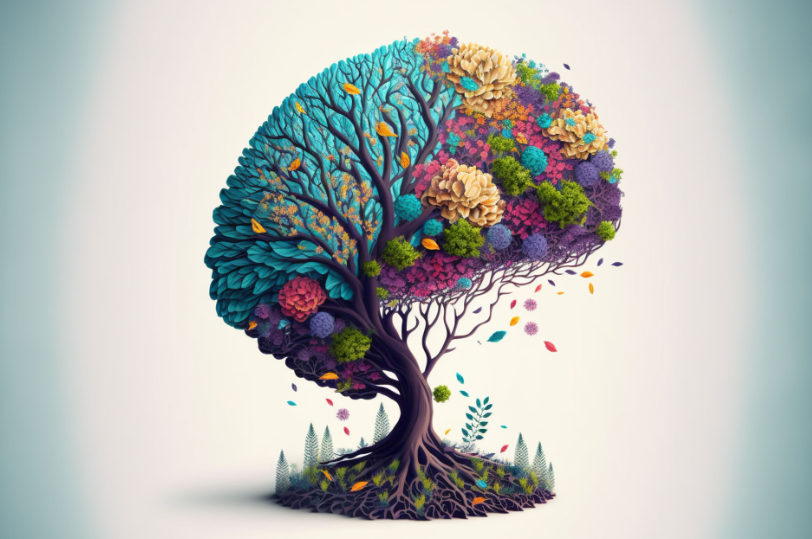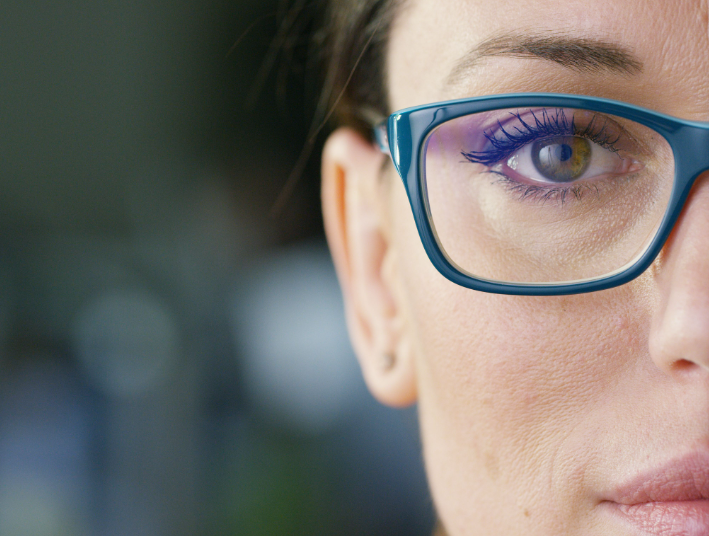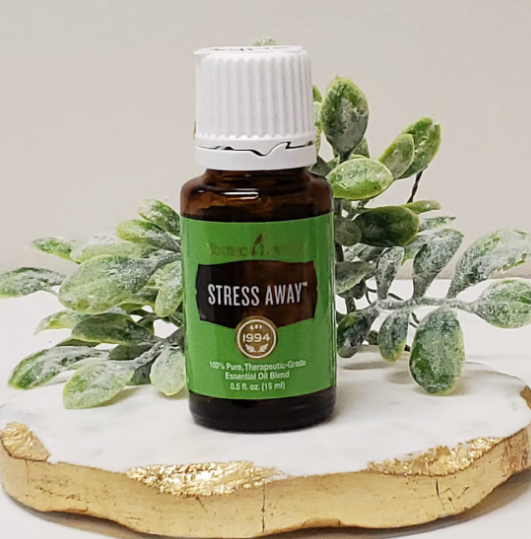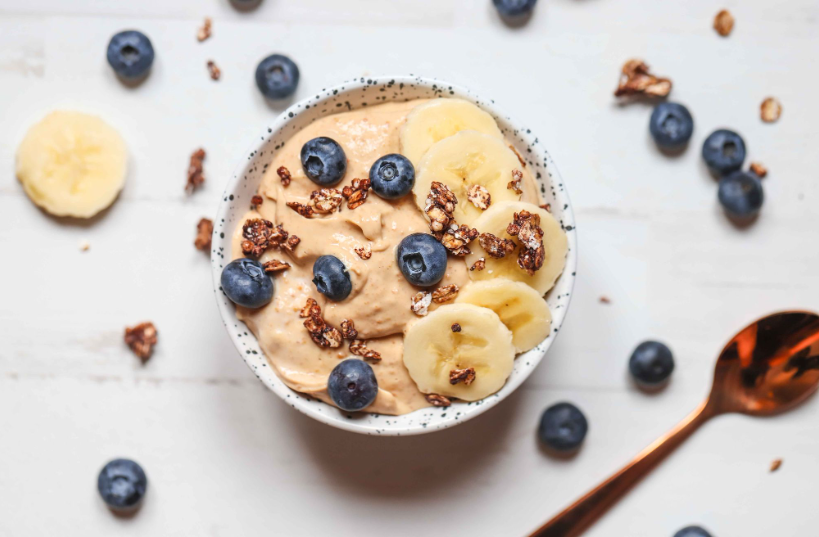By Ed Roth
Constant worry about catching the virus, not seeing loved ones, job insecurity, the future of human civilization. The pandemic may have made you exhausted and listless, but that’s only during your waking hours. Sleep has brought a whole new world upon us.
People are reporting vivid, intense dreams like never before. Those bizarre “feels so real” dreams, like the one about the bugs, are affecting people throughout the world. And we have COVID to thank for it. Kind of.
Lauri Leadley, CCSH, RPSGT, is president and clinical sleep educator of Valley Sleep Center in Mesa, Arizona. She explains sleep is the number one component to overall health. “The brain is our battery. If there’s trauma, the brain is affected. If we’re not getting enough REM sleep, which is about 25% of total slumber, we don’t get proper restoration.”
Normally, we use dreaming to distill the information we deem most important – separating the wheat from the chaff, if you will.
However, when people are under stress, they produce more cortisol, leading to sleep disorders, which can make us feel as though we’ve run a race all night. The activation of this “fight or flight” region of the brain is actually a form of brain trauma and parallels the experience of those in life-threatening situations, e.g., military personnel in combat situations.
Julie Rake, MSPAS-PAC, of Chopra Global, explains, “If you were running from a bear, the part of your brain where ‘fight or flight’ starts would be fully engaged. When this is experienced daily, such as during a military combat deployment, the overutilization of this part of the brain reinforces the structures to be expended and causes it to be constantly worked.”
These brain changes, which can be seen under a functional MRI scanner, include more blood flow, activity, and neuronal connections being utilized, making the “stress brain,” aka the amygdala, more utilized. This is commonly referred to as “amygdala hijack.”
When we are in “fight or flight” mode, the prefrontal cortex, aka the executive center where decisions, plans, and priorities are made, goes offline. “In a life-or-death situation, the last thing you want to be doing is analyzing the stock market or planning your dinner. Your only focus should be fighting off, or fleeing from, the threat,” said Rake.
As a result of the reduced blood flow, this part of the brain gets smaller and tighter. When this occurs regularly, the brain takes a negative hit. A functional MRI scanner would show decreased blood flow, decreased activity, and ultimately, decreased grey matter.
As for the aforementioned bugs, that dream is a result of the brain processing information throughout the day. When a great deal of your input revolves around COVID-19, the brain translates “virus” into literal bugs.
People with physical or emotional brain trauma experience similar shocks. First responders are often fast asleep when they’re forced to jump out of bed to respond to an emergency. Over the course of time, the adrenaline rushes are hard on the body. Subsequently, they tend to dream more literally. This is particularly true during the pandemic when they witness more jarring incidents of people dying alone.
In fact, in an ongoing study for the general public, one Harvard psychologist indicates the increase of vivid, longer-lasting, more-detailed dreams is similar to those reported by healthcare workers and first respondents after 9/11. A typical dream has them unable to save a patient’s life. It’s their responsibility, and there’s nothing they can do.
Your mind has other ways of sending subconscious messages when stressed. You know that one where your body twitches as you drift off into slumberland? It’s called a hypnagogic or hypnic jerk and reflects the disconnect between mind and body – your mind is ready to sleep, but your body has other thoughts.
Other common stress-related dreams include drowning and being shot in the chest, both of which are often the result of a brief cessation of breathing.
Being caught between sleep and wakefulness can also lead to hypnagogic hallucinations, or sleep paralysis. People in this state are convinced what they’re imagining is real; it’s like a dream, but they’re not asleep. These strong sensations are often distorted and can be quite scary. While not exclusively stimulated by stress and anxiety, these two factors are common causes.
So, when should you be concerned about your dreams and nightmares? If you’re having disturbing dreams at least five times a week, or if nightmares affect you during the day, it might be time to consult a professional.
“An increased number of clients tell us that they’re having trouble falling and staying asleep,” says Carrie Collins-Fadell, executive director of the Brain Injury Alliance of Arizona. “Many also report disturbing or frightening nightmares.
“In addition to the stress, grief, and loss of the past year, many survivors of brain injury have experienced trauma from the accident, illness, or event. The impact can also be felt with the ensuing changes in employment and relationships,” states Collin-Fadell.
“There is help and there is hope. Educating yourself and reaching out to the brain injury community is a great place to start.”
As a trained respiratory therapist, Leadley believes the most effective way to avoid sleep disorders (and subsequent nightmares) is to learn how to breathe. “It’s the first thing we do when we’re born, and the last thing we do before we die. We need to consciously use breath to create power within our bodies.
“Deep breathing can guide you through meditation and bring about a more peaceful sleep and better dreams. You can also train yourself to have better dreams.”
Wait, what?
“Through dream imagery rehearsals, you can rewrite the script of your dreams. About 20 minutes before going to sleep, imagine a beautiful place. Take in everything around you. Then immerse yourself in that environment, writing a script for yourself. When you finally drift off, your dreams will likely be more pleasant,” said Leadley.
In addition to dream imagery, Yale Medicine recommends three strategies for restful sleeping:
- Create a healthful daytime regimen with exercise, good eating, and stress relief.
- Be calm before bed. Turn off that TV or laptop an hour before turning in and stay from media, especially the news or stories that get you riled up.
- Avoid alcohol since it can often cause fitful sleep and intense dreams.
Follow these guidelines and you’ll be on your way to a good night’s sleep. After all, that is the new American Dream.
Ed Roth was raised in Chicago and has had a long and diverse career in the entertainment and media industries. He currently resides with his family in Scottsdale, Arizona, where he enjoys playing tennis year-round.











